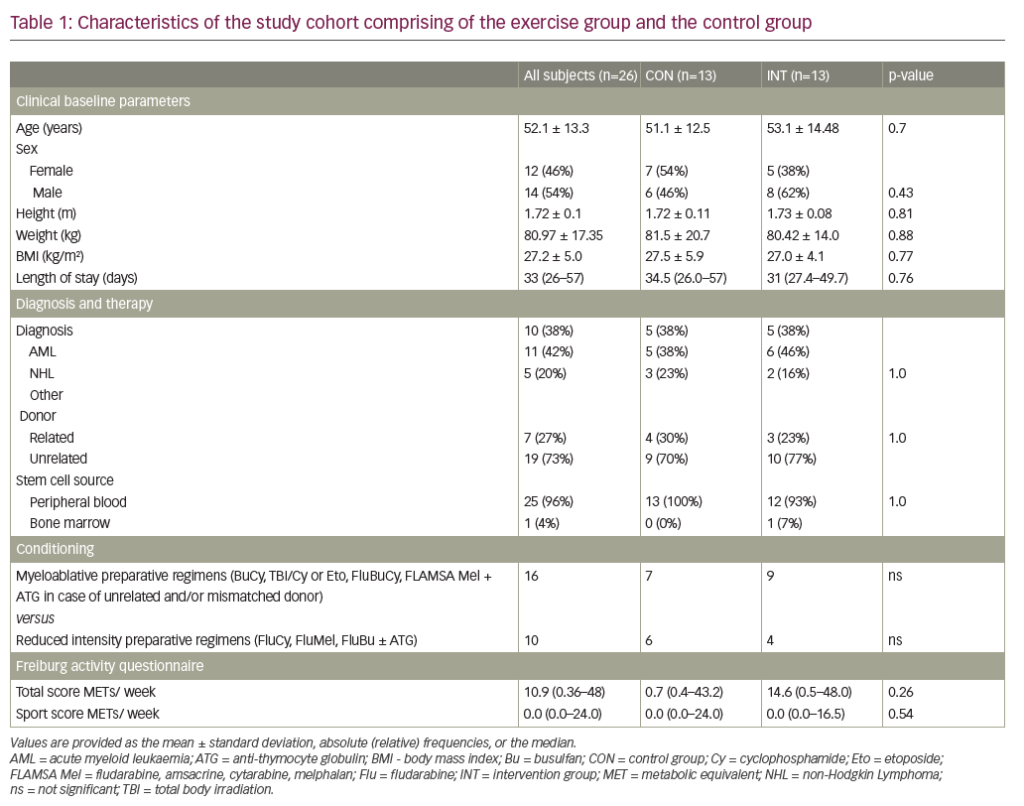Gaucher disease is the most common of the lysosomal storage disorders.1 Although individually rare, these disorders as a group are relatively common, with an incidence of about 1 in 8,000 live births,2 and therefore represent an important health problem. Gaucher disease is characterised by an enzyme deficiency causing the deposition of glucocerebroside in cells of the macrophage–monocyte system. Since its clinical presentation can range from being asymptomatic to life-threatening symptoms, it can be difficult to diagnose. In an expert interview, Maria Domenica Cappellini discusses the challenges of diagnosing Gaucher disease and the characteristic features that physicians should look for.
Q. What is Gaucher disease?
Gaucher disease is the most common inherited lysosomal disorder due to a deficiency of acid beta-glucosidase (glucocerebrosidase). This leads to glucosylceramide accumulation in lysosomes of macrophages. The glycolipid-laden cells, named Gaucher cells, infiltrate organs to cause multisystem disease. So far, the disease is still classified into three subgroups: type 1: non neuronopathic (94%); type 2: acute neuronopathic (1%; death in infancy); and type 3: chronic neuronopathic (5%; death in childhood/early adulthood).
Q. Why is early diagnosis so important and why is it often delayed in this condition?
Early diagnosis is important in order to define the disease manifestations and to start treatment as soon as possible in order to prevent disease progression. The delay in diagnosis is mainly due to the fact that Gaucher disease is rare and many physicians do not include Gaucher disease in differential diagnosis because they are unaware of the condition and they assume that Gaucher disease is so rare they are unlikely to encounter a case in their clinical practice. Gaucher disease is often only considered when other more likely possibilities have been excluded. The incidence is
1 in 40,000–60,000, and 1 in 850 in individuals of Ashkenazi Jewish background.3 Moreover, Gaucher disease is a phenotypically heterogeneous disease. There is enormous variation in the age of onset, rate of progression, organs affected, disease severity across individuals, severity of disease across organs in one individual and presenting symptoms, even in individuals of the same genotype.
Evidence indicates that individuals with Gaucher disease experience delays of up to 10 years before diagnosis.4 The delay in diagnosis may be due to unimpeded disease progression, increased risk of complications, avascular necrosis, uncontrolled bleeding (especially after surgery), pulmonary hypertension, growth retardation, fatal septicaemia, pathological fractures, bone collapse, hepatosplenomegaly, unnecessary or inappropriate investigations, inappropriate treatment and delayed access to appropriate therapy.
Q. What characteristic disease features should physicians be looking for?
The most common characteristics at any time in a patient with Gaucher disease type 1 are splenomegaly and thrombocytopenia. These may be associated to anaemia, mild leucopoenia, bone pain, monoclonal gammopathy and hepatomegaly. Various other less-specific
abnormalities may be supportive for Gaucher disease diagnosis such as gall stones or cholelithiasis, low cholesterol, hyperferritinemia, pregnancy-associated thrombocytopenia and post-partum haemorrhage. For any physician, suspicion of Gaucher disease is appropriate when family history, patient history or investigations include: bruising, bone pain, fatigue, abdominal pain, splenomegaly and laboratory evidence of thrombocytopenia and/or anaemia; or unexplained stable hyperferritinemia with normal transferrin saturation, increased inflammatory markers, failure to thrive and/or delayed growth in childhood, gall stones/cholelithiasis or low cholesterol, splenic nodules, fractures, premature osteoporosis or avascular necrosis; or pregnancy-associated thrombocytopenia and/or post-partum haemorrhage.
Q. What diagnostic tests are available?
The laboratory diagnostic tests available include: macrophage-specific biochemical markers, the most commonly used of which include chitotriosidase and LysoGB1; dried blood spot; specific enzyme dosage (glucocerebrosidase); and molecular analysis. Beside the laboratory tests, an accurate family history and clinical evaluation is essential.
Q. What are the treatment options for Gaucher disease?
Today the treatment options for Gaucher disease are: enzyme replacement therapy and substrate reduction therapy. Any adjunctive medication or intervention must be considered for treating the comorbidities.













